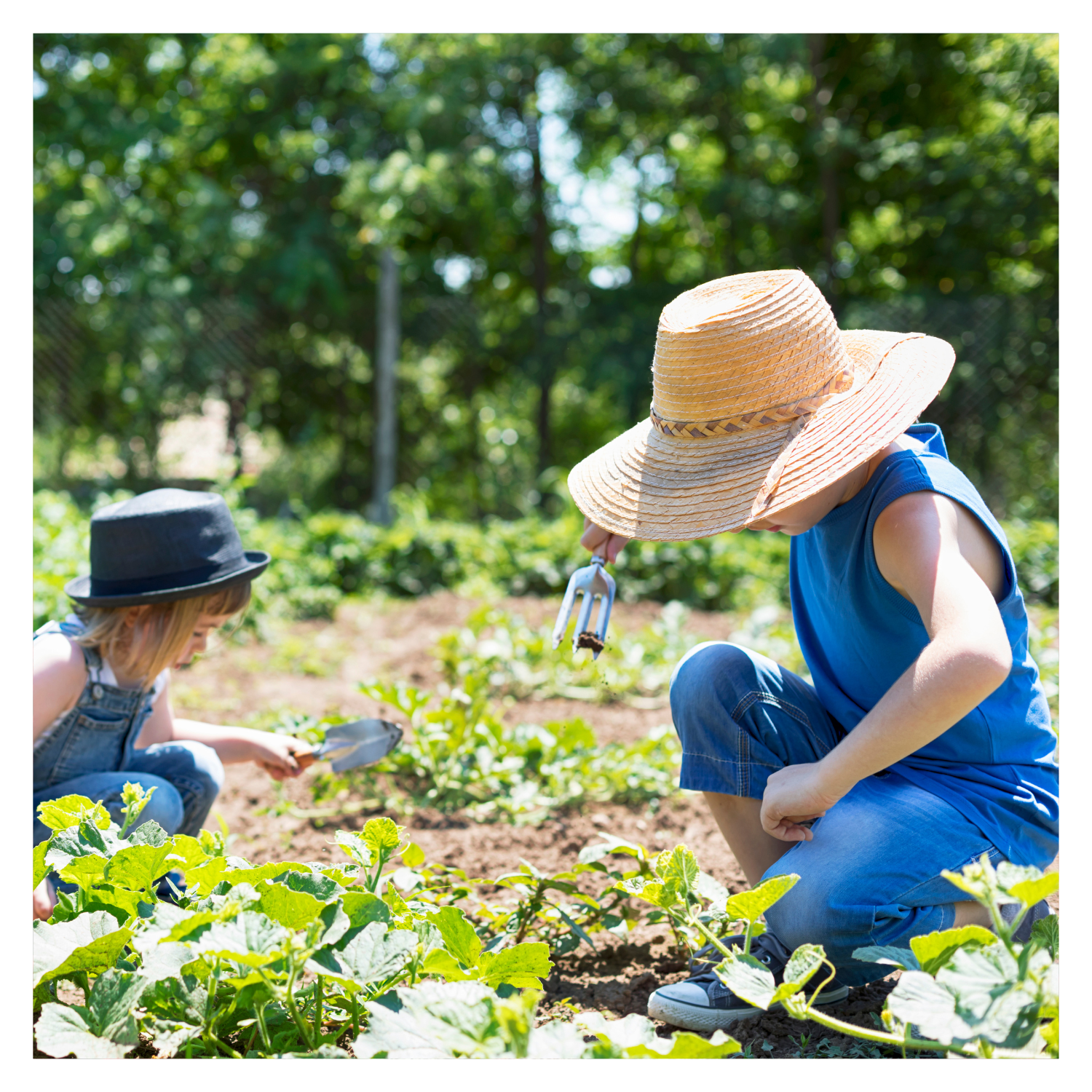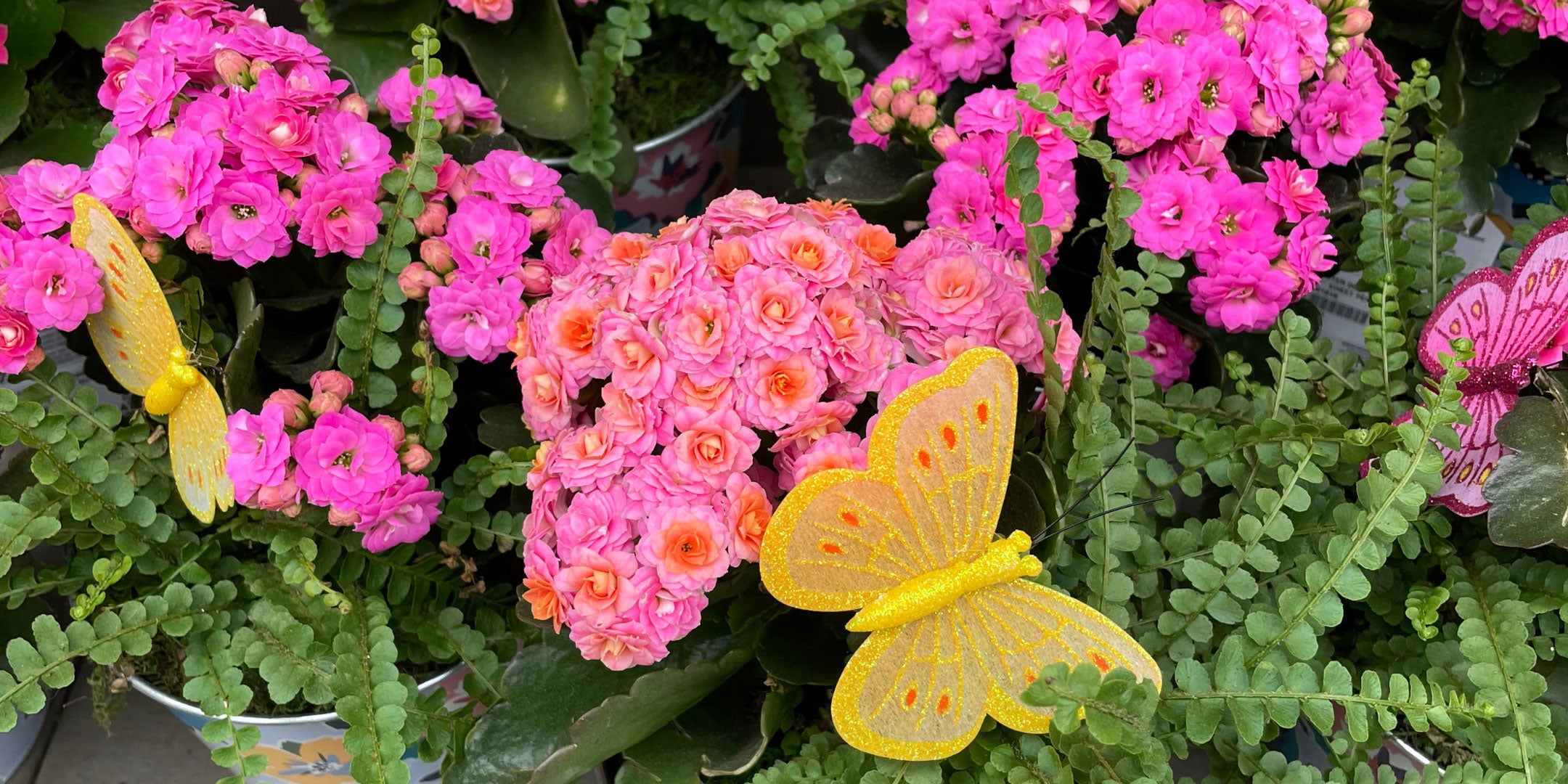Embarking on a gardening journey offers the unparalleled delight of savoring the freshest vegetables and fruits, bursting with sweet, juicy flavors and vibrant textures that store-bought produce often lacks. Growing your own food not only ensures peak ripeness and superior taste but also provides the satisfaction of cultivating and harvesting your own crops.
While starting a garden may seem daunting, it is a deeply rewarding endeavor that benefits both body and mind. Beyond the joy of harvesting fresh produce, gardening offers physical exercise, stress reduction, and a connection to nature.
Planning Your Garden
- Choosing Your Crops: Starting with easy-to-grow varieties like lettuce, tomatoes, or beans can boost your confidence and gardening skills. Begin by identifying the vegetables your family enjoys and consumes regularly and be realistic about how many vegetables your family will eat. Consider the availability of veggies at your grocery store – homegrown herbs are far less expensive. Research growth habits, space requirements, and compatibility with Sault Ste. Marie's climate. Given our shorter growing season, selecting crops that mature quickly is advantageous.
-
Site Selection: Choose a location that receives ample sunlight, typically 6 to 8 hours of direct sun daily, as most vegetables thrive in sunny conditions. Ensure the site has well-draining soil to prevent waterlogged roots and is situated near a water source for convenient irrigation. Observing your garden's sunlight exposure throughout the day can help in planning the optimal placement for your plants. Avoid places that receive strong winds that could knock over your young plants or keep pollinators from doing their job. Nor do you want to plant in a location that receives too much foot (or paw) traffic or floods easily.
-
Efficient Spacing: To optimize your vegetable garden's productivity, strategically plan your layout by placing tall crops like pole beans or sweet corn on the north side to prevent them from casting shade on shorter plants. Utilize shaded areas for cool-season vegetables that thrive with less sunlight. Incorporate perennial crops, such as asparagus and rhubarb, into designated permanent beds, as they return yearly. Be mindful of each crop's "days to maturity" to effectively plan your harvest schedule. Implement succession planting by staggering the sowing of crops like lettuce every few weeks, ensuring a continuous and manageable yield throughout the season. Implement techniques like square foot gardening to maximize yield in limited spaces. This method involves dividing the garden into square-foot sections, each planted with different crops based on their size.
-
Soil Preparation: Conduct a soil test to determine pH and nutrient levels. Aim for a soil pH between 6.0 and 7.0, which is optimal for most vegetables. Healthy soil is the foundation of a productive garden. Amend your soil with organic matter, such as compost or well-rotted manure, to improve its structure, fertility, and moisture retention. Avoid using fresh manure, as it can introduce weed seeds and may be too high in nitrogen. If you have rocky soil, till and remove the rocks as they will interfere with root growth and make for weaker plants.
-
Garden Design: Decide between traditional in-ground beds, raised beds, or container gardening, based on available space and resources. Starting with a manageable plot size is advisable; a smaller garden is easier to maintain and can be expanded in subsequent seasons as you gain experience. Consider spacing, footpaths and accessibility, access to a source of water, companion planting and succession planting to ensure continuous harvests throughout the growing season.
Each gardening method has its advantages and considerations:
-
Row Gardening: This traditional method is suitable for larger spaces, allowing for easy use of machinery and is cost-effective. However, it may require more weeding and is dependent on soil quality.
-
Raised Beds: These offer better control over soil conditions, improved drainage, and can extend the growing season as soil warms faster in spring. They reduce soil compaction and are easier on the back. The initial setup can be more labor-intensive and costly.
-
Container Gardening: Ideal for those with limited space or less-than-ideal soil conditions. Containers can be placed on patios, balconies, or other sunny spots. Ensure they have adequate drainage holes and are filled with quality potting mix. Vegetables like tomatoes, peppers, lettuce, and herbs perform well in containers. Regular watering is crucial, as containers dry out faster than in-ground gardens.
Companion Planting
Companion planting leverages the natural relationships between plants. Some plants release chemicals that deter pests, while others attract beneficial insects. Certain combinations can improve soil fertility, reduce the spread of diseases, or optimize space and resources. The key is to understand the needs and characteristics of each plant and how they interact with others. Additionally, companion planting can boost your garden's design and color by strategically placing plants with complementary foliage and flowers, creating a visually appealing and harmonious garden landscape.
1. Tomatoes and Basil
-
Benefits: Basil repels aphids, spider mites, and mosquitoes, and can improve the flavor of tomatoes.
-
Planting Tips: Plant basil around the base of tomato plants, ensuring both have enough sunlight and space to grow.
2. Carrots and Onions
-
Benefits: Onions repel carrot flies, while carrots can help deter onion flies.
-
Planting Tips: Alternate rows of carrots and onions, keeping them well-watered and weed-free.
3. Cabbage and Dill
-
Benefits: Dill attracts beneficial insects like predatory wasps that help control cabbage pests.
-
Planting Tips: Scatter dill seeds around your cabbage plants, but avoid planting too densely to ensure air circulation.
4. Asparagus and Strawberries
-
Benefits: Asparagus and strawberries can thrive together without competing for resources. Asparagus grows tall and has deep roots, while strawberries spread low and have shallow roots.
-
Planting Tips: Plant asparagus crowns in well-drained soil and place strawberry plants around the base, ensuring adequate space for both to spread.
5. Rhubarb and Chives
-
Benefits: Chives can repel aphids and other pests that might target rhubarb.
-
Planting Tips: Plant chives around the edges of your rhubarb patch to create a natural pest barrier.
6. Marigolds and Beans
-
Benefits: Marigolds deter nematodes and other pests, benefiting beans and other vegetables.
-
Planting Tips: Interplant marigolds with beans, ensuring the marigolds are placed in a way that doesn't overshadow the beans.
7. Nasturtiums and Squash
-
Benefits: Nasturtiums attract aphids away from squash and other vegetables and also repel squash bugs.
-
Planting Tips: Plant nasturtiums around the perimeter of your squash patch, creating a protective barrier.
Gardening is a rewarding journey that connects us to nature, promotes sustainability, and provides fresh, flavorful produce for our tables. By carefully planning your garden, selecting suitable crops, and implementing effective techniques like companion planting, you can cultivate a thriving and productive space, no matter your level of experience. Whether you choose traditional row gardening, raised beds, or container gardening, each method offers unique benefits to suit your space and lifestyle. As you nurture your plants, you'll not only reap the benefits of homegrown food but also enjoy the physical and mental well-being that gardening brings. With patience and dedication, your garden will flourish, providing nourishment and satisfaction season after season.
Happy Gardening!



